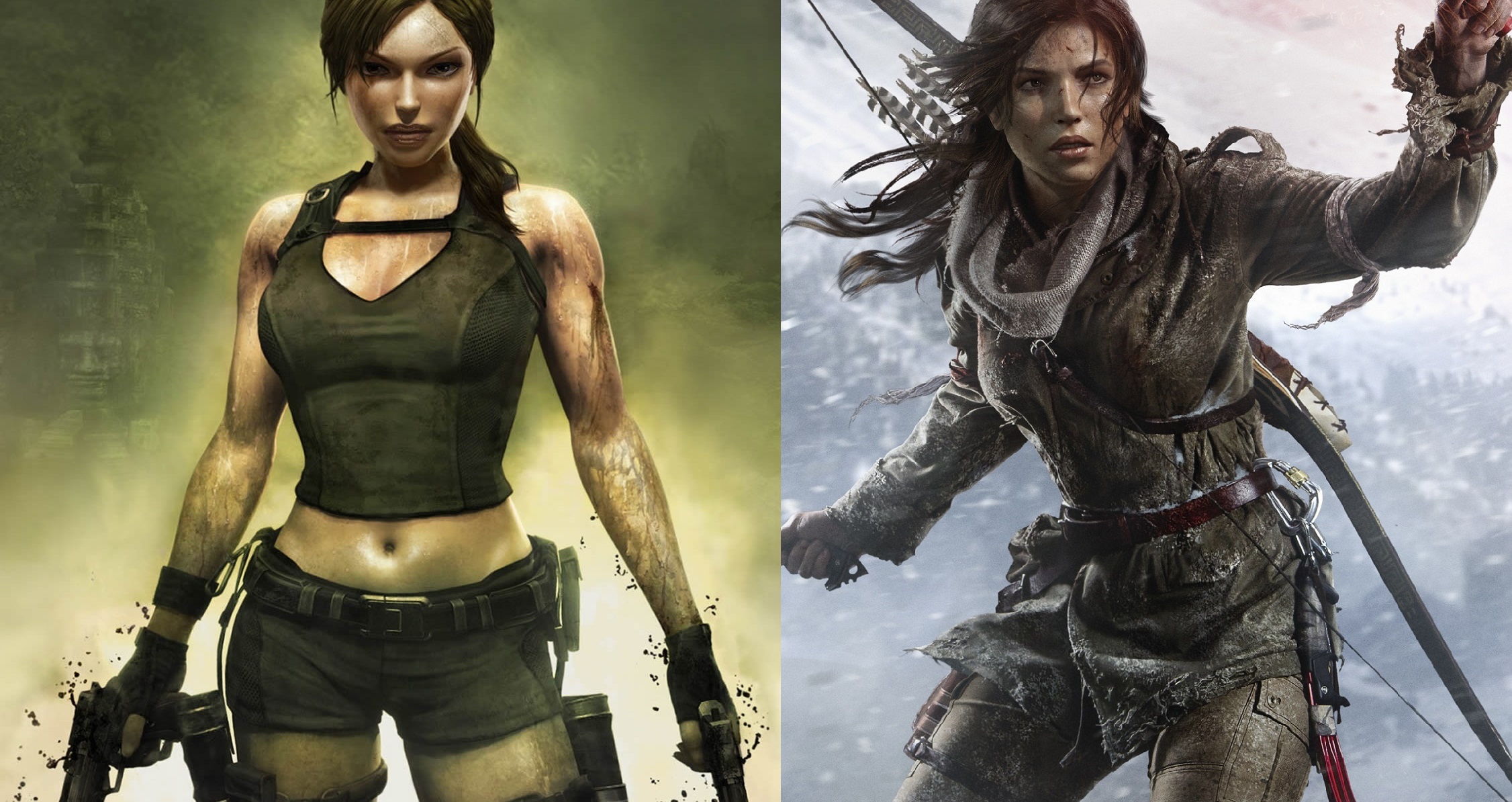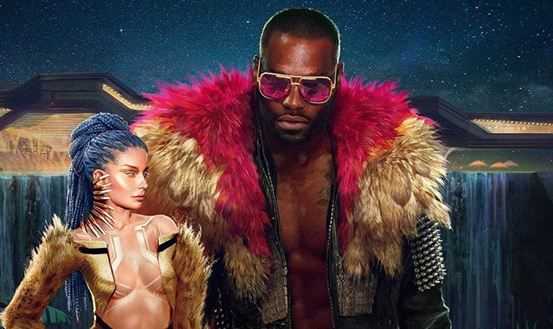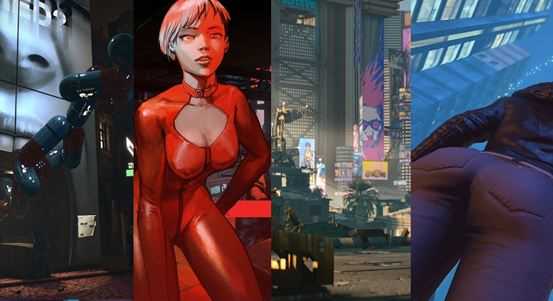We take a look at a growing trend in western video games where the female characters are becoming less sexualized to suit the growing numbers of female gamers who are playing video games. Lara Croft as a 90s pin-up character serves as an excellent example of this shifting in her recent games and most notably Rise of the Tomb Raider. Take a look at the video, of if you’d rather just read then the full transcript is available below.
Please Note:
Ms. Pratchett’s involvement in Lara’s actual design is perhaps overstated in the video where it’s her influence as the writer which is seen to dictate or influence how Lara is portrayed in the game. Apparently, Crystal Dynamics already had the design of Lara drafted before Rhianna worked on the game.
Secondly, Rhianna Pratchett has only publicly commented on her desire for Lara to be a lesbian rather than this being an actuality. To this day there’s been no discussions with Crystal Dynamics over Lara’s sexuality. However, it is believed that because Rhianna possess the desire, it bleeds through in some of the writing which again is open for individual interpretation.
Rise of the Tomb Raider And the Fall of Lara Croft:
Female video Game characters have up until now had a free pass with how they are portrayed often wearing provocative clothing to appeal to a predominantly male audience. Back in the 90s this was a popular marketing technique however, as we move into more recent times there appears to be a shift in perspective from western developers and the audiences they cater to giving rise to a double standard where women are seen as being sexually objectified and men… well men are just being themselves. We’ve seen pressure groups and feminists alike come out in force, presenting cases against the sexual presentation of women in video games and right now it seems their voices are having a profound effect on game development.
Japan has its own culture which often drifts into the western mainstream. The recent Metal Gear Solid V The Phantom Pain shows there’s been a massive focus on the female character Quiet and her attire, yet at the same time not a single article or discussion about how lead character Big Boss looks with his ripped muscles and shirtless composition. The same can be said for the Dead or Alive fighting games which have been a long standing series from Japan. A lot of focus rests on the skimpy outfits of the ladies which are clearly titillating fun for Japanese gamers but not a peep about how the male characters are presented who like Big Boss are shirtless and muscular. Most recently Capcom’s unreleased Street Fighter V has come under the crossfire for Rainbow Mika’s butt slap taunt being changed to suit the western audience resulting in a petition where many feel the censorship is unnecessary especially as the ripped and chest bearing male characters haven’t received the same treatment.
Rise of the Tomb Raider has just released, which in this instance serves as a perfect example of how a feminist movement has interjected itself into game design under the guise of maturing the industry. There’s a belief video games need to be more inclusive to female audiences by reducing the overt sexualization of female characters (but not the men). Studies suggest more women are playing video games now with an almost 50/50 split across all types of games and platforms. Giving rise to the notion that game development should change to accommodate this. Cue Lara Croft in Rise of the Tomb Raider a massive western franchise which has evolved to suit the growing female demographic it seems.
90s pin-up and iconic female action heroine Lara Croft has had a huge impact on gaming since her conception for the Playstation masses in 1996. When developer Core Design unleashed its exploration, puzzle filled action game. The aristocratic adventurer Lara Croft became a figurehead of popular gaming of the period, spearheading what can be seen as the Playstation generation thanks to her bold and titillating distinctive looks. What is perhaps remarkable about her success aside from presenting herself as a large breasted female character, were the games themselves being highly regarded in their own right. The games industry has been full of dominant alpha male characters and so Lara’s arrival provided a distinct contrast between male brawn with her air of class and calculating processes to give her a wider appeal beyond the male demographic. Many females dabbling in what was widely a male pastime enjoyed the fact there was a video game that offered a likeable female lead regardless of the overt marketing to appeal to the male audience.
For over 15 years the Lara Croft character relied on the same marketing yet in 2015 Lara Croft is now the antithesis of her former self, the polar opposite of what was built up over 15 years of gaming and as a result melds within the popular gaming trope of male lead character. Her sex is irrelevant in lieu of her actions in the game. Lara is a sharpshooting , highly skilled survivalist who without question or recourse can unabashedly take down anyone who doesn’t fit in with her ideals in the most horrific of ways. Death from gunfire, piercing arrows, burning, explosion, axes to the head rather than offering a clever and calculated way of removing a threat without resorting to the lowest common denominator we’ve seen from countless male gaming characters. Rise of the Tomb Raider is an excellent action game – yet perhaps isn’t the best platform for the Lara Croft character where perhaps a new heroine or hero could have easily filled the role.
The recent Metal Gear Solid V The Phantom Pain allows its characters the option of neutralizing the threat in the most ingenious of ways rather than simply gunning them down with no remorse. The enemy is from the same footing as those in Rise of the Tomb Raider, and will kill in an instant given the opportunity. But it’s the fact players are given choices in how they intercept this aggression which makes the game and its characters appear fair and likeable.
It’s perhaps easy for developer Crystal Dynamics to claim lagging sales based on the old Lara Croft design as a solid foundation for rebooting her character in the 2013 release, but it’s perhaps a lack of ambition with the script writing, and game design that were the root of the issue rather than the character design itself.
The answer possibly lies with who is spearheading the changes at Crystal Dynamics as a team of writers has been used to define the story in Rise of the Tomb Raider. Rhianna Pratchett was given the sole responsibility of lead writer in the 2013 Tomb Raider Reboot and as a feminist has no doubt played a big role in how the Lara Croft character has been designed – going on record to suggest Lara is a lesbian for example where previously her sexual orientation was never called into question.
Rhiannna Pratchett goes on to say:
“The way Lara is marketed now is not sexualized…it’s still beautiful, it’s still strong, it’s still characterful, but it’s not sexualized in the way it was done before.
To be fair, a lot of the sexualization of Lara in the past has been solely for purposes of marketing, and it had a huge sway…As a young female gamer, I’ll admit that I was put off by that kind of marketing of Lara. It was very much like, ‘Hey I’m being sexy for boys here.’ I thought … I’ll go and play another game, then. That’s definitely something that’s very, very much in the past.”
This might hold true for Pratchett’s feminist agenda but not every female will agree to this or look so deeply into the design and simply play the game as a piece of entertainment without feminist connotations attached. In making the Lara Croft character less sexualized by design, Crystal Dynamics has merely created a male gaming character with a female skin who possesses no redeeming qualities that reflect Lara as a woman. The disappearance of the calm, cool and calculated aristocratic diva unafraid of her sexuality is replaced by a practical repugnant misfit who lacks a likeable demeanour to adhere to simply because she’s doesn’t try to make her own mark like she used to by adhering to tired video game tropes. Lara Croft is a murdering, contemptuous character with no redeeming qualities who purports an angst filled mantra of “I have to kill to survive – it’s either them or me”. With no distinction between her and numerous male characters who shared the same ideals.
From Tomb Raider 2013 to Rise of the Tomb Raider, breast physics have been removed, alongside cleavage where there’s a general covering up of the character all round. If we look at how Crystal Dynamics has offered gamers a plethora of outfits for Lara in Rise of the Tomb Raider and compare them to those offered in times past you can clearly see the shift in perspective. It’s a shame gamers aren’t given a choice in how they want their lead character to look as they play, there’s no middle ground where both sexes can enjoy bespoke experiences without stepping on each others toes – this is surely the way forwards for video game design. The blanket shift from one spectrum to another seems like a pandering to those objecting to the sexualization of the character with only one outcome. The old Lara Croft design is a thing of the past regardless of whether audiences want that or not leaving censorship to ebb and flow through agenda laced ideals which object against gaming’s foundations. The question remains is where do western developers go from here.




